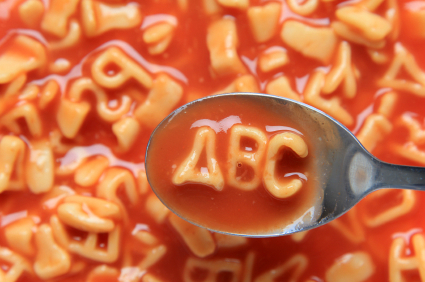
Therapy Tips
Making Sense of Picky Eating Problems
Did you know that it is normal for toddlers to go through a picky eating phase? It is an ordinary part of development and most kids grow out of it. However, for some children it is not so easy. Many children who have difficulty processing sensory information may have a hard time trying new foods. For children with sensory processing issues and other developmental challenges, food is an area of their lives that they feel they have some control over, in what is otherwise a very chaotic world. Some children can get stuck in “food jags” and will only eat food in the container, shape and/or color they are used to.Picky Eating is not always behavioral
Many people believe that picky eating is a behavioral issue and should be dealt with that way. But for many children it is not so black and white. Feeding issues are often comprised of multiple facets including behavior, sensory and motor concerns.Eating is priority number three
Sometimes it seems that eating is our number one priority in life. But our body’s number one priory is first to breathe and then to not let us fall on our heads (postural stability). Eating is priority number three. Consequently, children who have compromised breathing or postural control may seem to lack the need to eat. Eating is a very complex task. It takes 32 muscles, all eight areas of our sensory system, and our entire organ system to accomplish a single swallow. It takes a lot of work and coordination within our bodies to get it right. Also, a child may have to try a food up to 13 times to decide whether or not they like it.Make Eating Fun
For many children just sitting at the table with the food can be difficult. Kids need to play with and explore their food so they can fully understand what to do with it when it is in their mouths. To help children with these difficulties, work on making barely noticeable changes to the foods they eat. For example, if your child loves peanut butter and jelly sandwiches, change the shape of the sandwich with a cookie cutter or try a small bit of a different type of peanut butter or jelly. As hard as it is for many parents, there needs to be a division of responsibility. The parent’s job is to provide the food and prepare the food. It is the child’s job to eat and decide how to eat. It is very normal for children’s appetites to vary.Get Help
If your child is doing any of the following you may need to seek professional assistance:- Choking or gagging on food
- Eating less than 20 different foods
- Food jags or loss of interest in a particular food
- Cries and becomes upset when new foods are introduced
- Refuses whole group of textures
- Drooling
- Trouble drinking from a straw or cup



